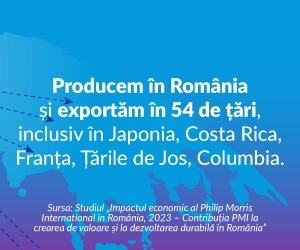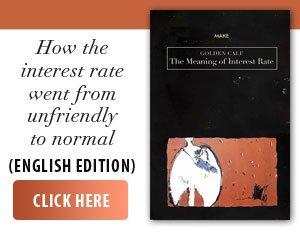More than half of Europe and the Mediterranean region were affected by drought at the beginning of June 2025, marking an absolute record for this time of year, according to an analysis by AFP based on data provided by the European Drought Observatory (EDO). Between June 1 and 10, 50% of the continental surface was under various forms of water deficit, compared to the average of 33% recorded in the same period between 2012 and 2024.
• A worrying climate signal
This development is considered alarming by specialists, especially in the context in which the previous months were already marked by an intensification of extreme climatic phenomena. Although the level of drought has decreased slightly compared to May, when it peaked at 52%, the data suggest a trend of expanding and persisting severe drought in many European regions.
EDO, part of the Copernicus programme, uses satellite images to assess the impact of the drought, monitoring precipitation, soil moisture and vegetation status. Depending on this data, three levels of severity are established: monitoring, warning and alert.
• Heavily affected regions: Luxembourg, Cyprus, United Kingdom
The most affected territories are found in the north and east of the continent, but also in northern Africa. Six countries had more than 80% of the area affected by drought: Luxembourg - 97%,
Armenia - 95%, Northern Cyprus - 91%, Belgium - 91%, Cyprus - 87%, United Kingdom - 84%.
In the United Kingdom, the situation is particularly tense. After an unusually warm spring, more than 75% of the territory has been affected by drought since March, and 15% is already at alert level, indicating visible degradation of vegetation. Farmers are sounding the alarm, and the national agricultural union NFU is calling for urgent investment in water storage systems, such as on-farm reservoirs. Belgium, Ukraine and Belarus are also facing a rapidly expanding drought, with a third and a quarter of the areas affected respectively, threatening agricultural security.
• Southern Europe, a temporary exception
Paradoxically, in Spain and Portugal, two of the countries most frequently affected by drought in previous years, the beginning of summer 2025 brings a slight break. Thanks to heavy spring rains, only 8% of Spain and less than 1% of Portugal were under drought at the beginning of June - a striking contrast to the average of 38% and 33% in previous years. In France, the drought was concentrated in the north of the country, with 39% of the territory affected and 8% on alert, signaling increased vulnerability even in temperate regions.
• From water scarcity to structural vulnerability
Experts warn that the frequency and severity of droughts in Europe reflect the increasingly pronounced impact of climate change. "Drought is no longer a seasonal or exceptional phenomenon, but a new structural reality in many regions,” warn climatologists involved in Copernicus monitoring.
• Ripple effects: agriculture, biodiversity, economy
The consequences are profound: from declining agricultural production, to pressures on water networks, rising food prices and geopolitical tensions over access to natural resources. Regional microclimates are changing, native vegetation is becoming more vulnerable, and regions repeatedly affected by drought are becoming, over time, dependent on adaptation solutions, such as controlled irrigation or crop conversion.
• Europe, between adaptation and action
The EDO report confirms that Europe must accelerate measures to adapt to climate change, through: investments in water storage and management infrastructure,
drought-resilient agricultural policies, restoring degraded ecosystems, reducing excessive water consumption in industry and tourism. Without such measures, experts warn that drought will become not just a seasonal problem, but a structural crisis that will directly affect health, the economy and social cohesion in the long term. Europe is, in the summer of 2025, not just a witness but also an actor in an unfolding climate drama.

























































